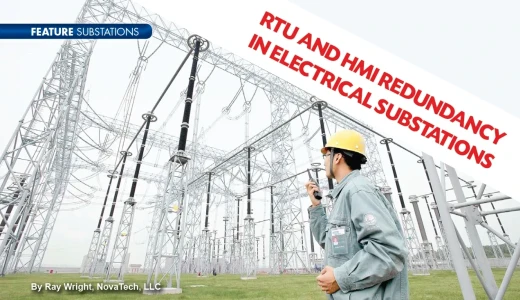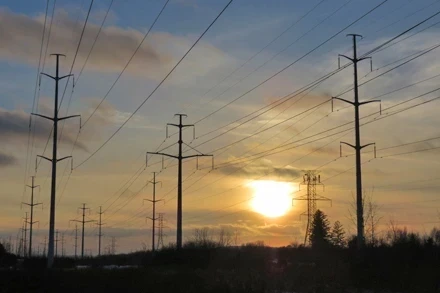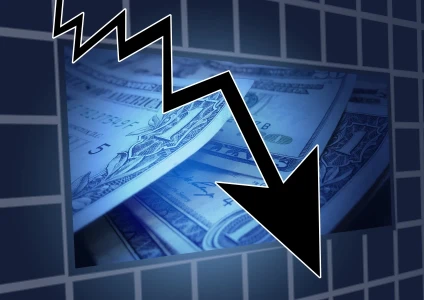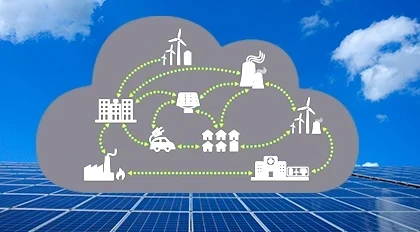Smart Meters & Transactive Energy

Smart meters and transactive energy: Examining the benefits and addressing the concerns
BY JOHN CASKEY, National Electrical Manufacturers Association (NEMA)
Smart meters are beneficial to consumers and utilities. What makes this meter “smart” is its two-way communication system and ability to monitor electrical load, pricing, and a variety of other data.
Using a smart meter, a utility can remotely take meter readings, eliminating the need to send a meter reader to the home. For the consumer, a smart meter gives a utility the capability to send a variety of price signals to help a consumer decide when and how to use electricity.
Additionally, a smart meter will communicate a power outage to the utility immediately, helping the utility assess the situation and send assistance as soon as possible.
TRANSACTIVE ENERGY
Transactive energy (TE) involves the use of economic signals to coordinate devices throughout the power grid including generation, transmission, distribution, and end-use appliances. According to the GridWise Architecture Council, the term “transactive energy” is used to refer to techniques for managing the generation, consumption, or flow of electric power within an electric power system through the use of economic or market-based constructs while considering grid reliability constraints.
The term “transactive” comes from considering that decisions are made based on a value. These decisions may be analogous to or literally economic transactions.









